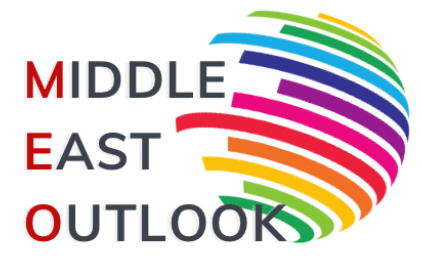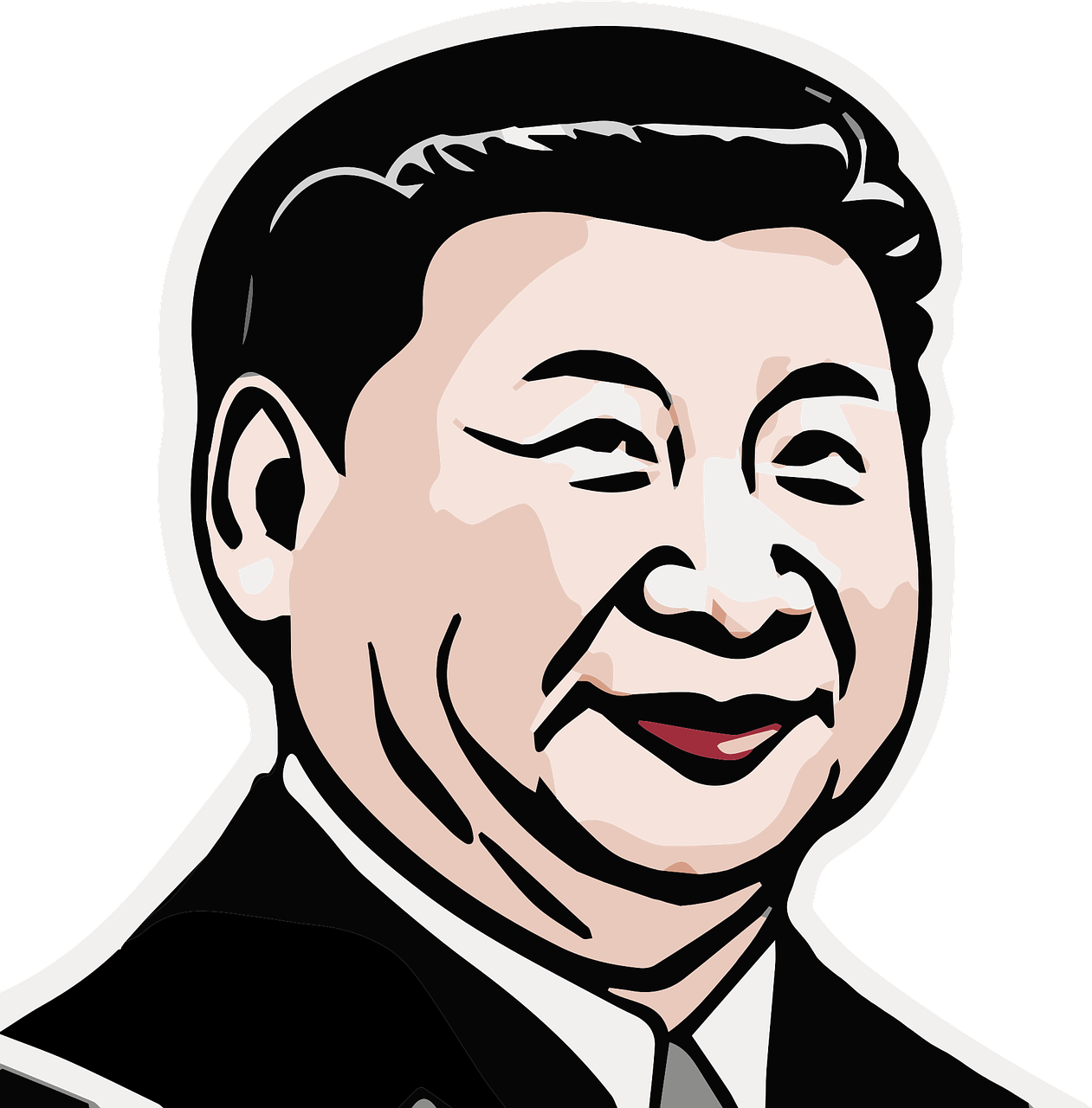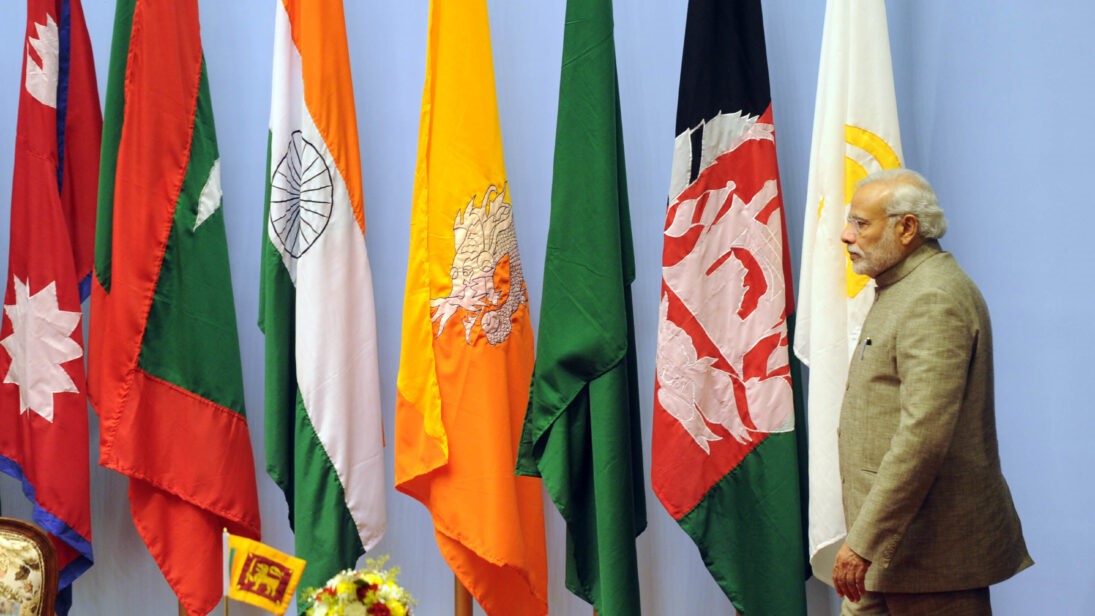Summary: This article examines the deepening China–Iran partnership, highlighting dual-use material transfers, energy trade resilience, and coordinated maritime drills as tools to counter U.S. sanctions and pressure. It details Beijing’s role in supplying missile fuel precursors under a model of plausible deniability while sustaining Iran’s economic lifeline through oil imports. Together, these moves embed both states in a hybrid security architecture that complicates Washington’s deterrence strategies without direct military confrontation.
Highlights
U.S. announces its largest sanctions package against Iran since 2018, targeting over 115 entities linked to military-industrial revenue networks.
China supplies over 1,000 tonnes of sodium perchlorate to Iran—enough to fuel at least 260 medium-range ballistic missiles—through civilian-purposed channels.
Oil trade between China and Iran remains robust, with Beijing purchasing 80–90% of Tehran’s crude exports despite U.S. tariff threats.
The China–Iran relationship is transactional, blending energy flows, dual-use material supply chains, and maritime coordination into a resilient security framework.
A month after the Iran–Israel war, the United States escalated its “maximum pressure 2.0” strategy by announcing its largest sanctions package against Iran since 2018. On 30 July 2025, Washington froze the assets of more than 115 individuals, ships, and companies linked to the Islamic Republic’s military-industrial revenue networks. This move coincided with Chinese naval vessels conducting missile simulations and electronic-countermeasure drills alongside Iranian fast attack craft, which many construed as an unmistakable signal of power projection directed toward the U.S.’s global naval prowess.
Beijing’s Naval Signal and Strategic Calculations
China’s intervention assumes significance for several reasons. Firstly, it provides Iran with a new architecture of security cooperation rooted in energy resilience, strategic logistics, and dual-use transfers. Secondly, Iran and the United States face looming deadlines on nuclear diplomacy; any progress as of now, especially after the U.S. supported unprovoked Israeli aggression on Iran, appears highly unlikely. Thirdly, Beijing and Washington are interlocked in their own geoeconomic and geopolitical competition, with China pushing back against President Donald Trump’s aggressive trade war, citing ‘unfair’ tariffs and trading with U.S.-sanctioned countries of Iran and Russia.
It should be noted that despite Washington’s threats of 100% tariffs, Beijing has refused to halt Iranian imports, framing the decision as a matter of energy security and national determination. China imports more than one million barrels of Iranian oil daily, directly linking Tehran’s financial resilience to Beijing’s long-term energy strategy. Interestingly, this sanctions game appears to have become a chessboard, with every move from Washington met by a calculated counter-move from Beijing, though not in open defiance, but through evolving trade mechanisms and strengthened bilateral ties.
Moreover, the Strait of Hormuz, through which roughly one-third of the world’s oil passes, has become a theatre of brinkmanship whenever regional tensions flare. With oil markets still fragile, even a single disruption can echo through global indices overnight, something that will have direct implications on China’s economic health, which has been strained due to
Sino-Iranian Missile Fuel Supply Chain
In early 2025, two Iranian cargo vessels, MV Golbon and MV Jairan, departed China with sodium perchlorate, a principal oxidiser in the production of ammonium perchlorate, the key component of solid-fuel rocket motors. A report from the Financial Times citing intelligence reporting from security officials in two Western countries indicated that the shipments contained more than 1,000 tonnes of sodium perchlorate, enough to produce some 960 tonnes of ammonium perchlorate and enough oxidiser to fuel at least 260 medium-range ballistic missiles. Previously, as documented by a Critical Threats report, Beijing reportedly provided an estimated over 1,100 tonnes of sodium perchlorate to Iran’s Islamic Revolutionary Guard Corps (IRGC) between January and March 2025. As the report states, those shipments were received by the Research and Self-Sufficiency Jihad Organisation, the R&D unit of the IRGC, leaving open the possibility that they would be diverted for fueling Iran’s missile production.
In April 2025, the U.S. Treasury sanctioned a transnational procurement network, targeting six individuals and six entities in Iran and China for facilitating the transfer of sodium perchlorate and dioctyl sebacate—a plasticizer used in solid propellant systems to ensure controlled burn rates and stability. As a dual-use commodity, dioctyl sebacate falls under the Missile Technology Control Regime (MTCR) and is sanctions-sensitive. Treasury Secretary Scott Bessent condemned the transfers for “violating global agreements intended to prevent proliferation” and vowed maximum pressure to block Iran’s access to missile development resources.
Plausible Deniability in the Dual-Use Supply Chain
The significance of these supplies lay in the fact that these are not direct arms shipments, but chemical raw material transfers requiring further processing before becoming military assets. Sodium perchlorate, for example, is legally traded in many chemical markets, and supplier-buyer relationships are often publicly disclosed. However, once converted into ammonium perchlorate, it could dramatically scale up Iran’s missile arsenal.
This procurement reflects Beijing’s plausible deniability model, allowing it to claim indirect involvement in Iran’s missile industry while sustaining its role as an intermediary in the global weapons supply chain. At a February 2025 press briefing, Chinese Foreign Ministry spokesperson Mao Ning said Beijing had “no knowledge of the details” but would “continue to oppose what it calls illegal unilateral sanctions.” This is exactly the cover that China seeks with no direct export of weapons, but allowing Tehran to do so through civilian-purposed entities.
From the IRGC’s perspective, plausible deniability is maintained through Hong Kong-based trading companies, Chinese logistics providers like Shenzhen Amor, and Iran-based procurement firms like Saman Tejarat Barman. This indirect network bypasses conventional arms embargoes, using intermediaries to secure critical inputs.
For Washington, this model complicates sanctions enforcement. Targeting obscure chemical firms carries far less political weight than sanctioning major hardware manufacturers. Disruption is possible only if intelligence links such entities directly to military programs, which is something Beijing understands well. Ultimately, whether these chemicals are deployed domestically or sent to proxies from Houthis in Yemen to Hezbollah in Lebanon, they feed directly into Iran’s asymmetric power projection capabilities.
Energy Lifeline and Sanctions Evasion Mechanisms
Despite threats of 100% tariffs, oil trade between China and Iran continues largely uninterrupted. U.S. energy estimates suggest Beijing’s purchases account for 80–90% of Iran’s total crude exports. These shipments often rely on a “dark fleet” of tankers operating off-register, with disabled AIS tracking, conducting ship-to-ship transfers at sea, and re-labelling cargo origins as Malaysia or Oman. This system not only conceals the trade but also sustains China’s transport, infrastructure, and manufacturing sectors.
For Iran, these oil revenues, much of which flows to the military and paramilitary forces, are critical to funding both its military and its regional proxy network. For China, the imports reflect a strategic calculation that energy stability outweighs political risk and a refusal to allow U.S. economic coercion to dictate its energy policy.
Sino-Iranian Naval Power Projection
In terms of projecting alliance, in March 2025, the Maritime Security Belt 2025 exercises brought together Iranian, Chinese, and Russian naval forces in the Gulf of Oman, near the Strait of Hormuz. While China deployed the guided-missile destroyer Baotou and the replenishment ship Gaoyouhu, the Russian naval force sent its corvettes Rezky and Aldar Tsydenzhapov alongside the tanker Pechenega. From the Iranian side, the IRGC deployed fast attack boats and drones for deception, electronic warfare, and strike operations.
Towards the conclusion of the drills, the UK maritime authority reported GPS interference lasting several hours in the Strait. This was assessed by intelligence analysts as likely jamming intended to “degrade targeting capability” systems of drones and missiles. The disruption forced ships to switch to backup navigation methods. This was not a symbolic show of force, but a demonstration of asymmetric maritime dominance and the capacity for electronic disruption at one of the world’s most vital chokepoints.
Conclusion
The security cooperation between China and Iran is no longer based upon ideology. It has become transaction-based as oil buys real support. The result of this security architecture is low-cost oil flows, maritime coordination, and industrial spill overs from chemical logistics, not bases or battalions. By recycling Iranian revenues into dual-use materials, facilitating drill rehearsals in chokepoints like the Strait of Hormuz, and keeping supply chains murky, China and Iran are embedding themselves into a hybrid axis that Washington would struggle psychologically to sanction and militarily deter. This evolving architecture complicates U.S. leverage, redefines deterrence dynamics in the Persian Gulf and Indian Ocean, and subtly shifts the parameters of Eurasian security competition—without firing a shot.
The views expressed are the author’s own.



